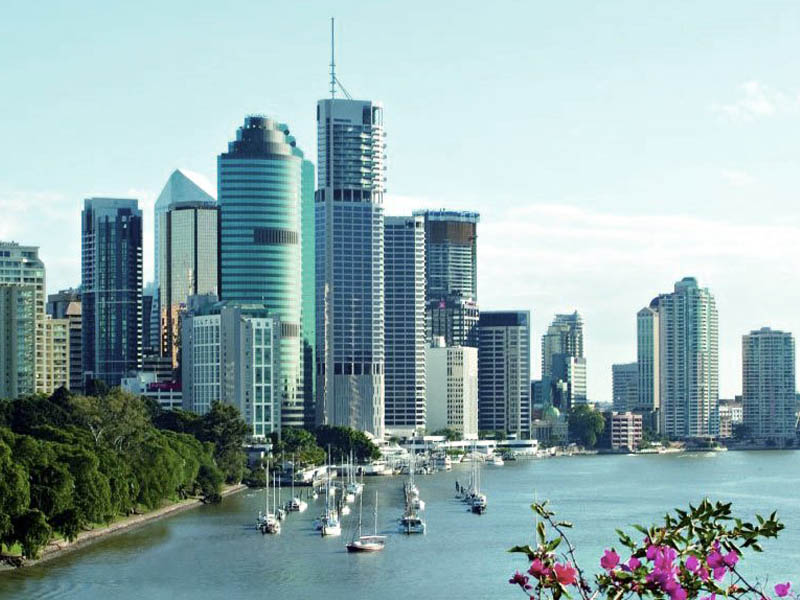A centralised digital economy office will be set up by the Queensland government as part of a new state-wide digital strategy that is expected to be accompanied by $200 million in funding over the next three years.
Digital Economy minister Leeanne Enoch unveiled the delayed strategy and a four-year action plan last week to replace the government’s long-outdated Digital1st strategy, released back in September 2017.
The strategy – which will be followed by a bevy of separate plans, including for digital inclusion, digital infrastructure and cyber security over the coming months – comes almost two years after Ms Enoch told InnovationAus.com the “big picture” strategy was being finalised.
“This is a significant investment… is about boosting our regions through better digital infrastructure and improving the digital experience of businesses, their customers and residents across the state,” Minister Enoch said last week.
“We want to ensure all Queenslanders – including those who are more vulnerable or isolated – can access the digital services they need to be connected, independent, and engaged in all aspects of their community.”

At 12 pages, the strategy outlines the government plans in the areas of ‘digital customer’, ‘digital market’ and ‘digital government’ over the next decade but offers little detail on the steps to get there. Proposals themselves are contained in the action plan, also 12 pages in length.
Precisely where the $200 million connected with the strategy has materialised from and will be spent also remains to be seen. A spokesperson for Minister Enoch indicated that no new funding will be contained in this year’s state Budget.
For the ‘digital customer’, the government is planning to “create a contemporary, consistent and integrated system that delivers a simple ‘one government’ experience” through common platforms, although it is unclear how this differs to the plan outlined in 2017.
A Digital Economy Program Office will also be established within the Department of Communities, Housing and Digital Economy (DCHDE) to “provide coordination and support across government, and to track the delivery of initiatives and outcomes”.
The government is similarly planning to modernise its “approaches to funding, procuring and delivering digital services and technologies”, including the introduction of a Future Procurement System to support local SMEs, and improve data sharing.
At an economy-wide level, the government plans to address connectivity issues – described as the “biggest challenge” to growing the digital economy – so that all Queenslanders can enjoy a digitally-enabled economy and a “significantly reduced” urban-rural digital divide by 2032.
The government plans to do this by co-investing in digital infrastructure with industry and the Commonwealth government, and explore emerging technologies like low-Earth orbit satellites. It will also partner with Telstra to make internet speeds to state schools 200 times faster.
It also wants to use the forthcoming Brisbane 2032 Olympic and Paralympic Games as a “catalyst for a digital legacy that attracts business and investment as well as enhancing Queensland’s liveability”.
A new 10-year roadmap for innovation, titled Advanced Queensland: Innovation for a Future Economy 2022-2032, is also planned, as is a refresh of the 10-year Queensland Government Priority Industry Roadmaps.
“We will ensure the right policy settings are in place to attract global investment and increase the number of skilled people in Queensland to foster and drive innovative and competitive businesses and industries,” the strategy states.
Do you know more? Contact James Riley via Email.

